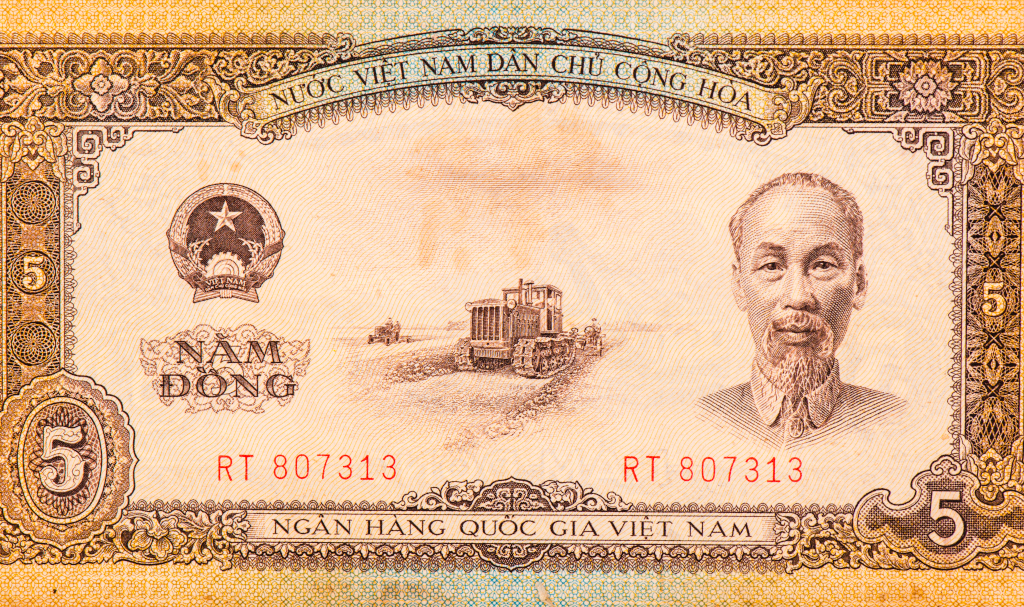Facundo Alvaredo*, Denis Cogneau* and Thomas Piketty*
- This article was originally published in the January 2021 edition of the 5 papers…in 5 minutes.

Almost by definition, colonial societies entailed huge inequalities in political power and agency, as well as in social and economic opportunities, if only along the racial divide between European and autochthonous populations. The day-to-day experience of colonized peoples is well known; from very early on, the various forms of domination and discrimination were exposed through militant pamphlets, analytical essays, and sociological works. In contrast, the within-group inequalities of both the colonizers and the colonized have received little attention. Not all Europeans managed to find their way into the elite. Regarding autochthons, some chiefs, landlords, religious leaders or scholars opposed colonial domination and were wiped out, while others entered into various forms of collaboration with colonial authorities and were able to reap political and economic benefits. Furthermore – and despite colonial discrimination –, commerce, urbanization, and education opened new channels for accumulation and upward mobility, and also produced some of the soon-to-be leaders of the independence era.
In any case, the current picture of colonial inequality is incomplete. As far as the quantitative evidence is concerned, little is known about income and wealth concentration in colonial societies, especially in Africa. How great was economic inequality in the colonies of the 20th century? Could autochthonous elites compete with the richest Europeans in terms of economic affluence? How did the richest Europeans in the colonies compare with the richest in the mainland? As inequality fell in Europe following World War II, and colonialism became increasingly scrutinized for the treatment of its subjects, did inequality also decrease in the colonies?
In this paper, Facundo Alvaredo, Denis Cogneau, and Thomas Piketty contribute to answering some of these questions by studying the concentration of income in four French colonies in Africa and Asia in comparison with British territories between 1920 and 1960, based on tax data. Perhaps unsurprisingly, income inequality (as measured by top income shares) in the French and British empires of the 20th century was very high (in the mid-1930s, the share of the top 1% was around 20% in Algeria and 15% in France). It fell after the Second World War, but stabilized at much higher levels than in France or the UK. Although non-Europeans were sometimes present at the top of the income distribution, this was rarely the case in Africa; this differed from the case of India, where British and Indians cohabited at the very top of the distribution. European settlers or expatriates always made up the majority of top income recipients, to a greater extent in Africa. Despite being wealthier, the top income shares of settlement colonies were no higher than in colonies where the number of European expatriates was far smaller. This was because in non-settlement colonies the top rich expatriates were more exclusive or received higher bonuses than settlers did. Strikingly, inequality within the white European population was very similar to that of the metropoles. In settlement colonies, the fall in income inequality after the Second World War can be explained by a fall in inequality between Europeans, mirroring what was happening in France and the UK, and does not imply that the European-autochthon income gap was reduced.
………………..
References
Original title of the article: Income inequality under colonial rule. Evidence from French Algeria, Tunisia, Cameroon, and Vietnam, and comparison with the British Empire 1920-1960
Published in: CEPR Discussion Paper 14969 & WID.world Working Paper 2020/14
Available at: https://halshs.archives-ouvertes.fr/halshs-03022276/
* PSE Members
Credits: Shutterstock – Prachaya Roekdeethaweesab
